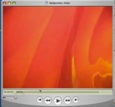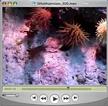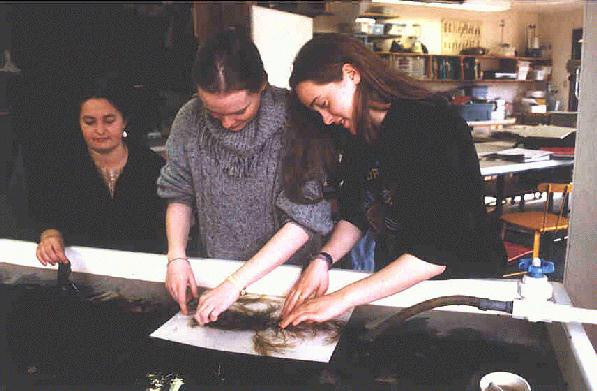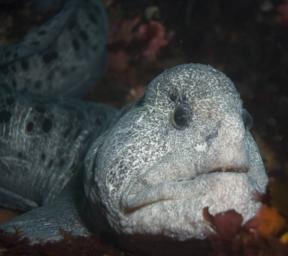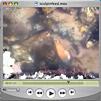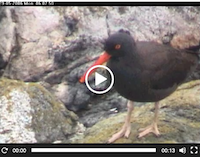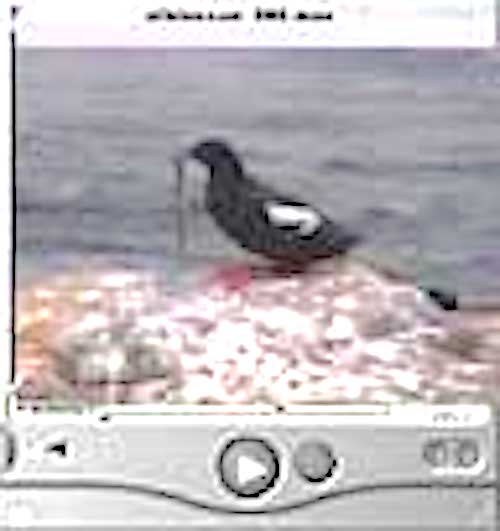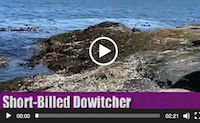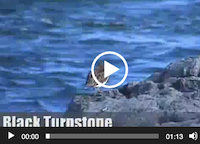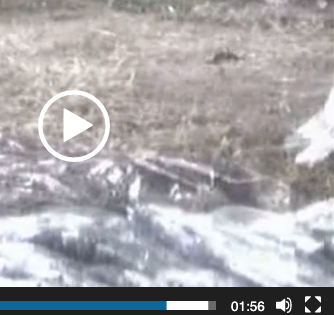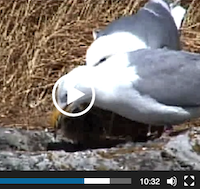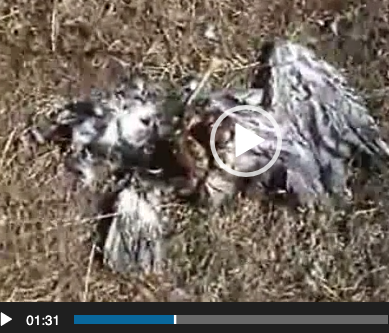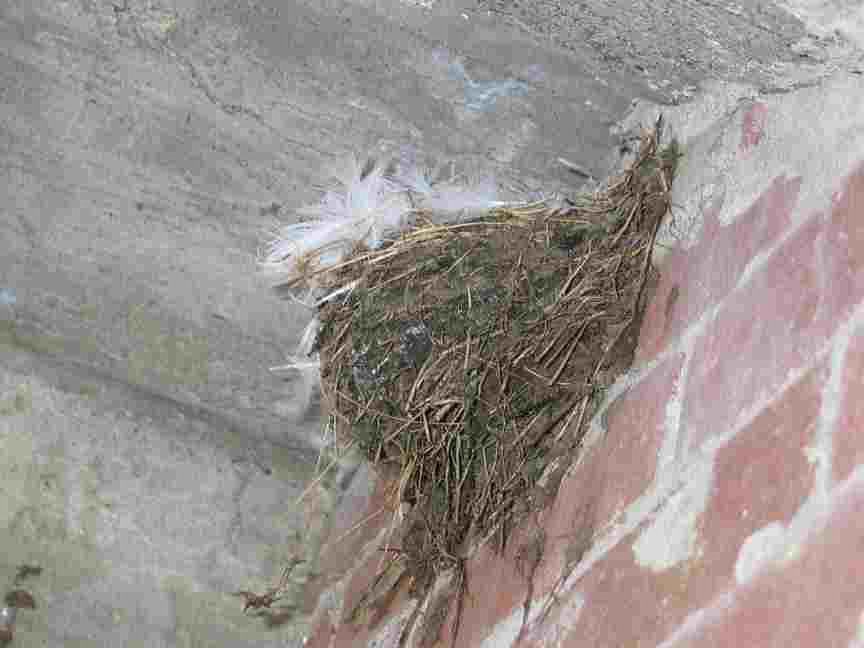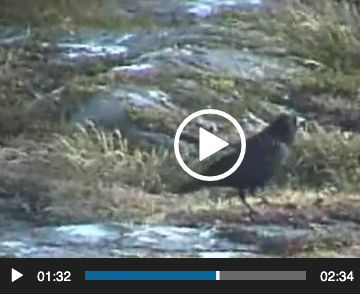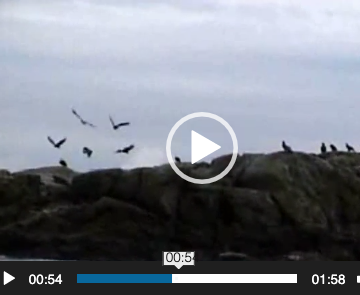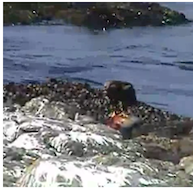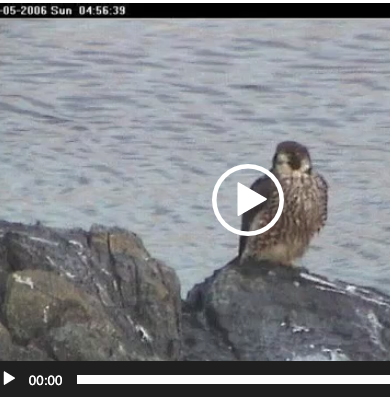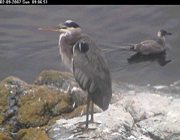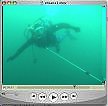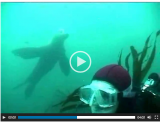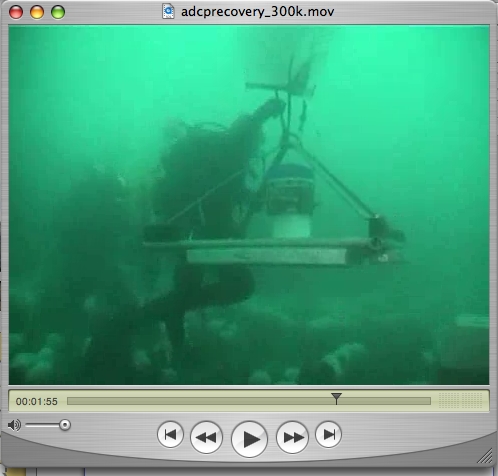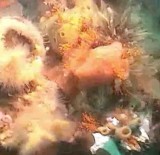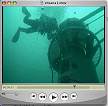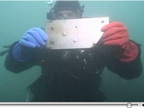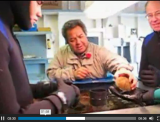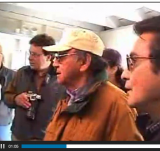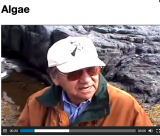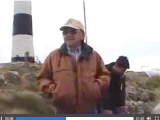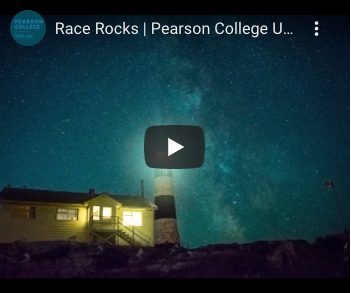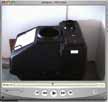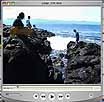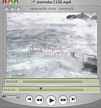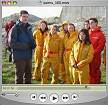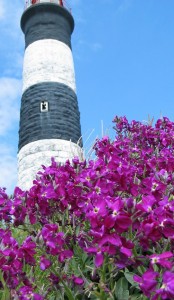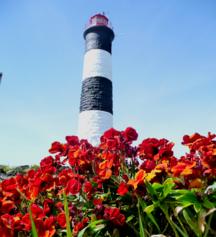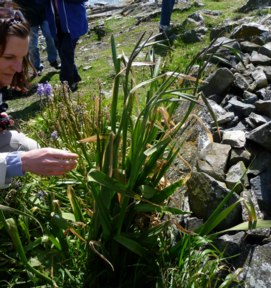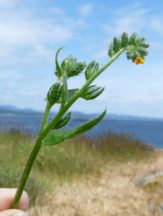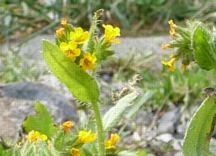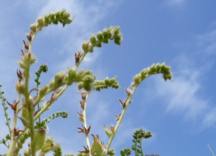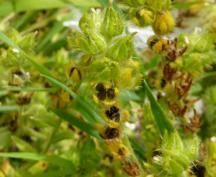On November, 2003, we hosted a group of First Nations divers from Nass River. Matt Hill provided information on the marine resources of that area.
On May 2, 2000, we were privileged to take several members of local First Nations to Race Rocks. The late Earl Claxton, councillor of the Tsawout First Nations and his grandson were among those attending. Joe Bartleman, councillor of the Tsartlip First Nations also helped us to visualize the importance of marine animals in the diet of the people.
They talked with us about the past and present role of coastal ecosystems in the lives of the Salish people. These people always have been an integral part of ecosystems such as this one at Race Rocks. These video clips convey some of the stories that Earl and Joe had to tell about their people and their interactions with marine resources.
“When the tide went out, the table was set” for First Nations people in this area. At Race Rocks this would have been particularly important because of the rich biodiversity in the intertidal zone.
The Salish First Nations have lived as part of the Race Rocks Ecosystem for millennia. We have been fortunate to have as our advisor on the Marine Protected Area Advisory Committee a long time friend of the Pearson College Community, Tom Sampson of the Tsartlip First Nation. Through his wise guidance, we have come to realize the importance of the Race Rocks area as a valuable resource for education about First Nations Values.
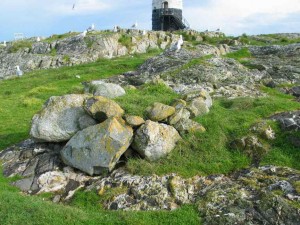 The configuration of the rocks in several stone mounds at Race Rocks are suggestive of First Nations use of this area for burials in the period AD 500. Investigation into sites on the lower part of Vancouver Island, have shown that over 400 such sites exist on the nearby Rocky Point area.
The configuration of the rocks in several stone mounds at Race Rocks are suggestive of First Nations use of this area for burials in the period AD 500. Investigation into sites on the lower part of Vancouver Island, have shown that over 400 such sites exist on the nearby Rocky Point area.

